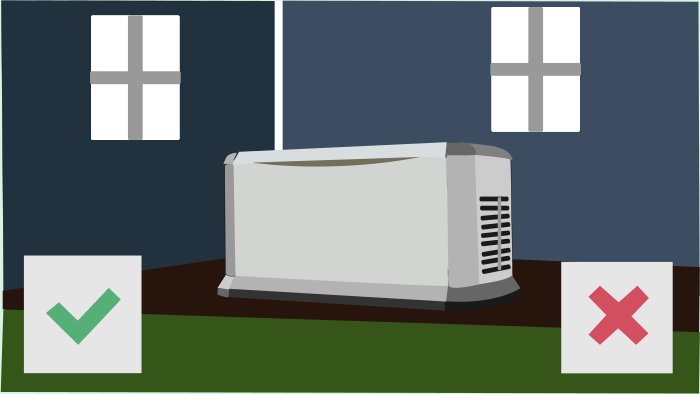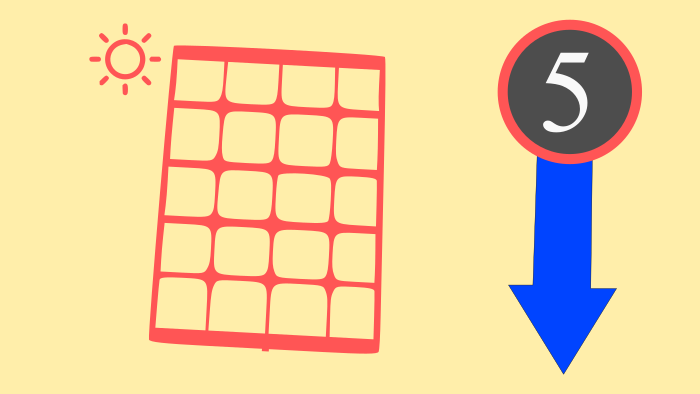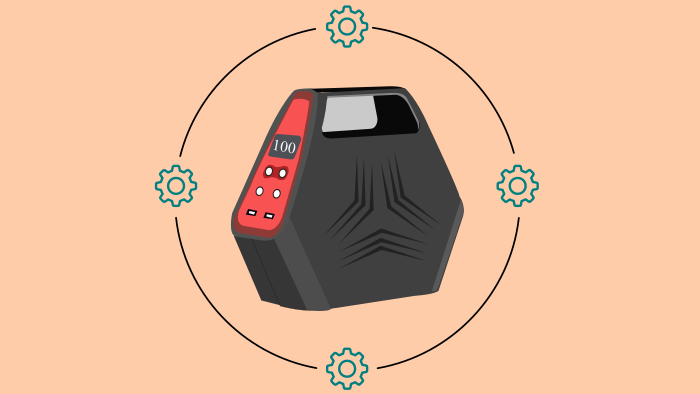No doubt whole house generators are great machines which give backup power solution and prevents many untoward situations. If you are considering buying a new one or you have already one, you should know the advantages and disadvantages associated with them.
The whole house generator produces less fume, directly operates on the gas line, has automatic start/off, built-in transfer switch, and surge protector, and it saves money in long. However, It is very costly, requires a large space, a plumber and an electrician, and it is noisy.
Further in this article, you will learn in detail the pros and cons of the whole-house generator.
READ: Pros and Cons of Inverter Generators
Pros Of Whole House Generators
1-Less Accumulation of CO

Whole house generators mostly run on propane or on a main pipeline of gas. Unlike portable generators, they don’t produce fumes or carbon monoxide which is lethal and can kill a human within a minute if it builds up in the living space.
2-Operate On Natural Gas Pipeline

Most portable generators are operated on gasoline or propane. It requires frequent refilling of fuel when it gets out of fuel.
The process requires shutting down the generator, refilling it upon cooling and then starting it again, and it takes time and effort.
In contrast, the whole house generator is installed on the main pipeline which never runs out of fuel and turns on/off whenever the main power is returned or goes off.
3-Automatically Start/Off

In portable generators, you have to start the generators manually either by recoil, push start, or in some cases remote start, but you will not get an uninterruptible power supply which is required by most appliances for their proper functioning.
While whole house generators trigger automatically upon power cut off from the main supply and provide an uninterruptible power supply. They also automatically turn back to the main supply when power is restored from the grid.
4-Built-in Transfer Switch

Portable generators require a proper transfer switch installed on the main circuit board if you want to operate it on the main board. Surge protectors should also be installed to save connected appliances from a surge of generators.
In the case of whole-house generators, you should not be worried about transfer switches and surge protection. Both of them are pre-installed in the whole house generators for a smooth transition of power from the generator to the grid and vice versa plus surge protector protects from surges.
5-Save Money In a Long

A refrigerator without power spoils food, pipes freeze, you cannot operate appliances, and instant power cuts damage appliances as well. The consequences are costly.
Cons Of Whole House Generators
1-Costly

The cost of a whole-house generator is way more than portable generators because the unit itself is costly and installation of a whole-house generator is also not cheap.
Whole-house generators are much bigger and installed on the main supply which cost a lot upfront.
2-Required Large Space

In order to install a whole-house generator, you will need a lot of space in your home.
3-Advance Plumbing and Electrical Skills

Installation of a whole house generator is not easy because it is installed permanently on your main board. It requires a highly skilled electrician for proper installation, and for placing it on a concrete pad, a plumber’s services are also needed.
4-Noise

This is because whole-house generators are bigger and have more wattage, which makes them a little noisier than portable generators.
Final thoughts
The whole house generator produces less fume, directly operates on the gas line, has automatic start/off, built-in transfer switch, and surge protector, and it saves money in long. However, It is very costly, requires a large space, a plumber and an electrician, and it is noisy.



